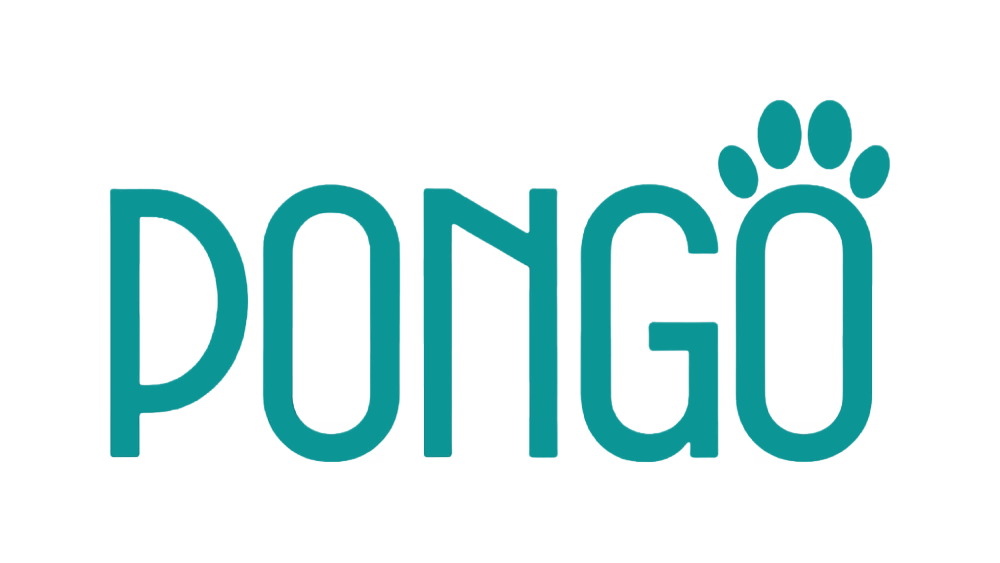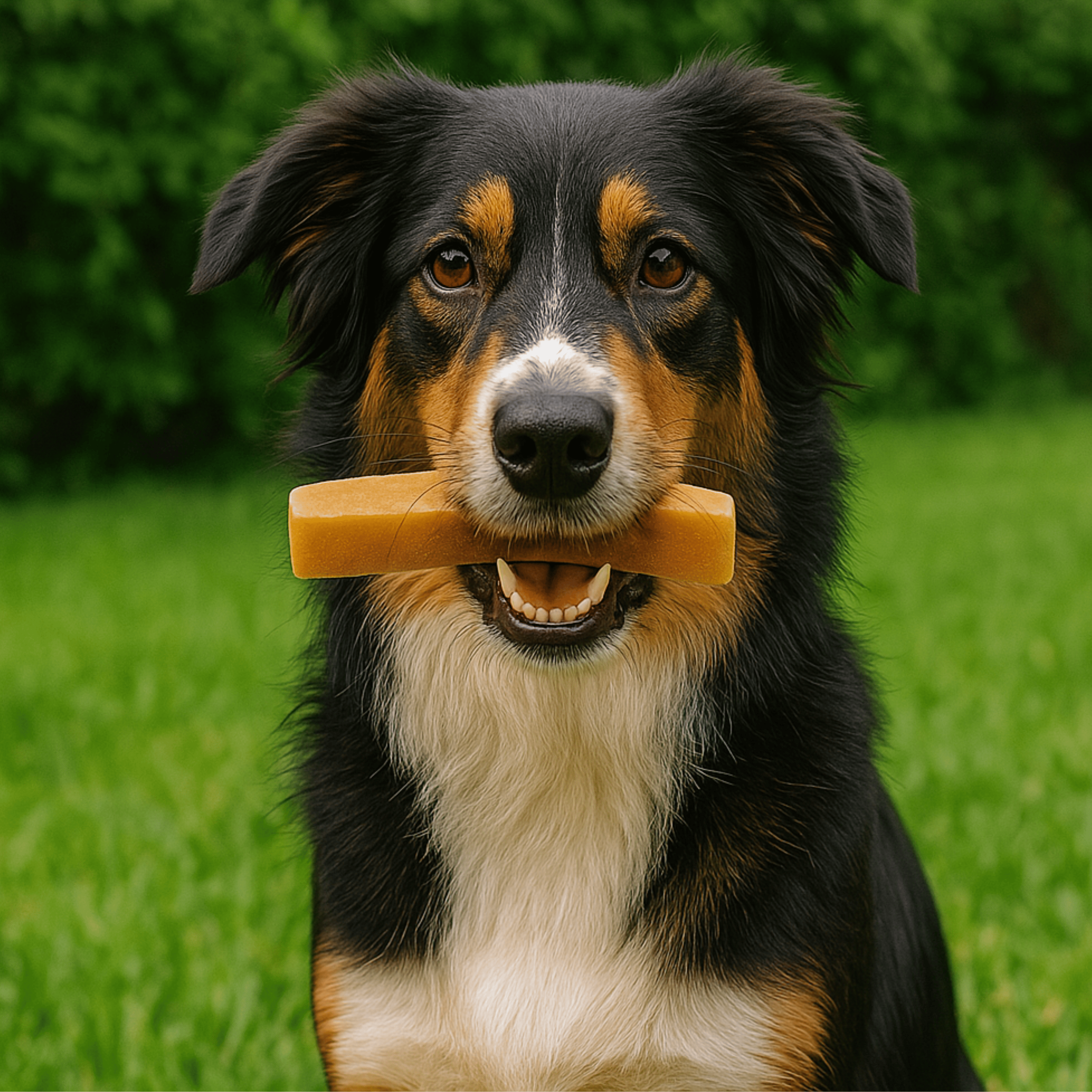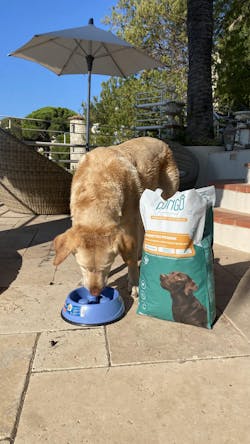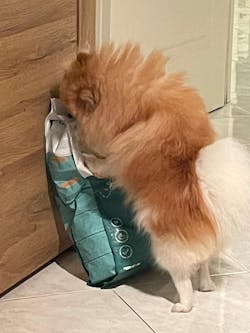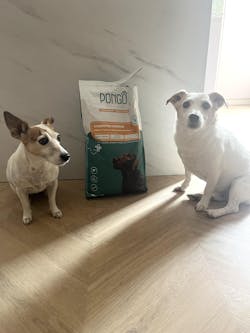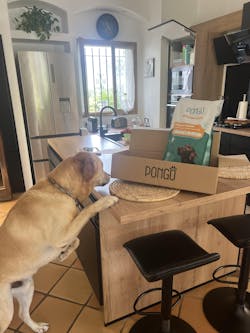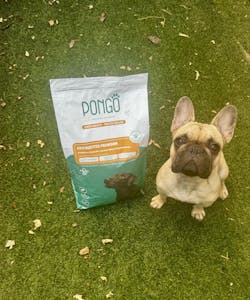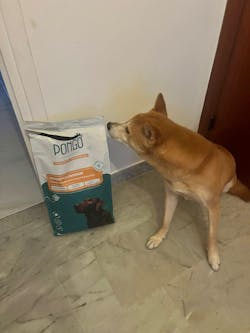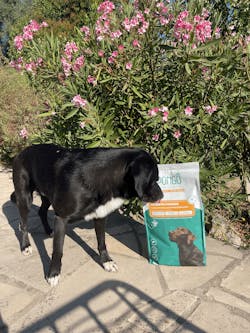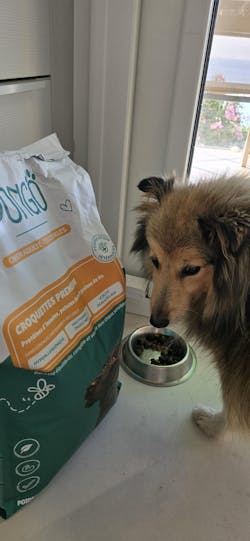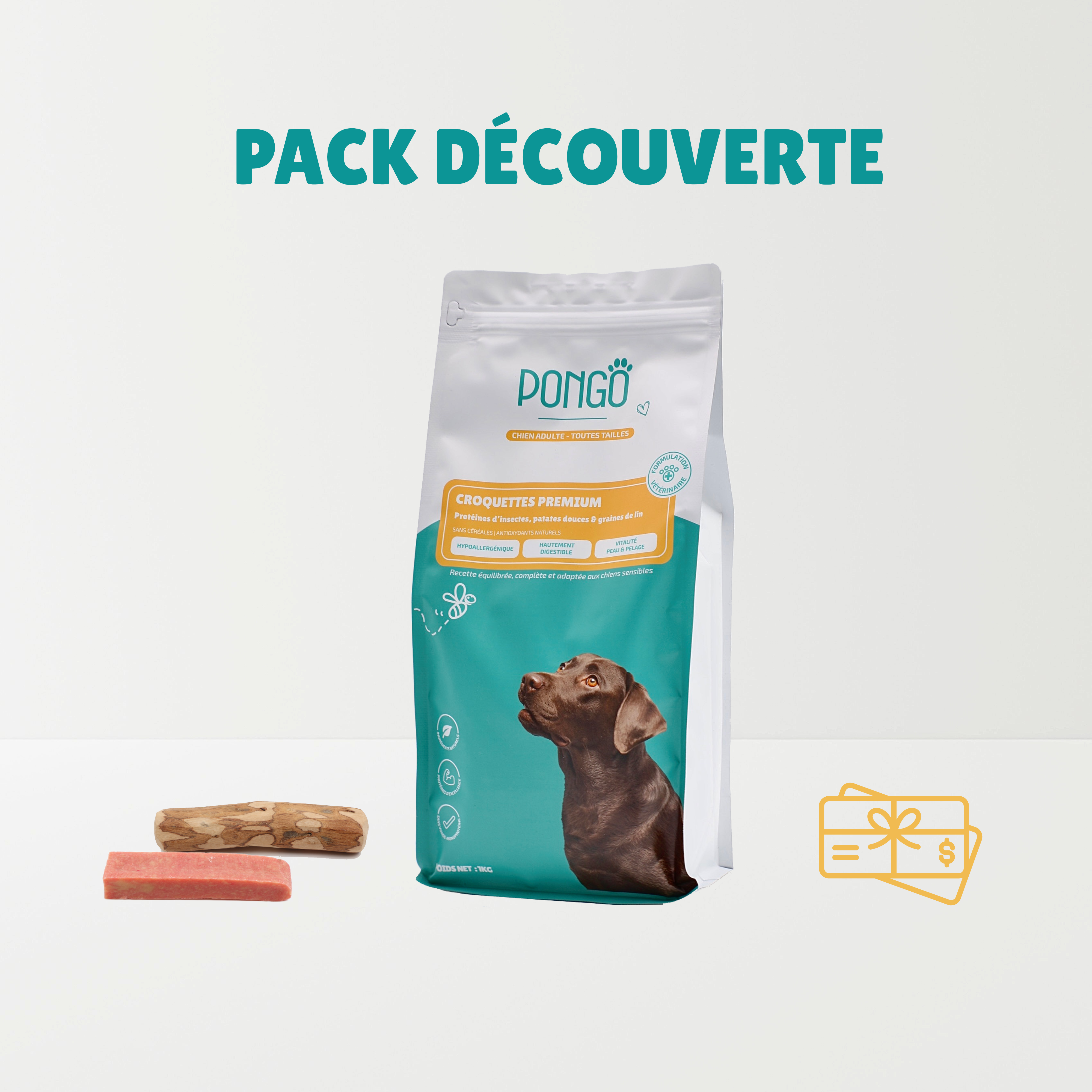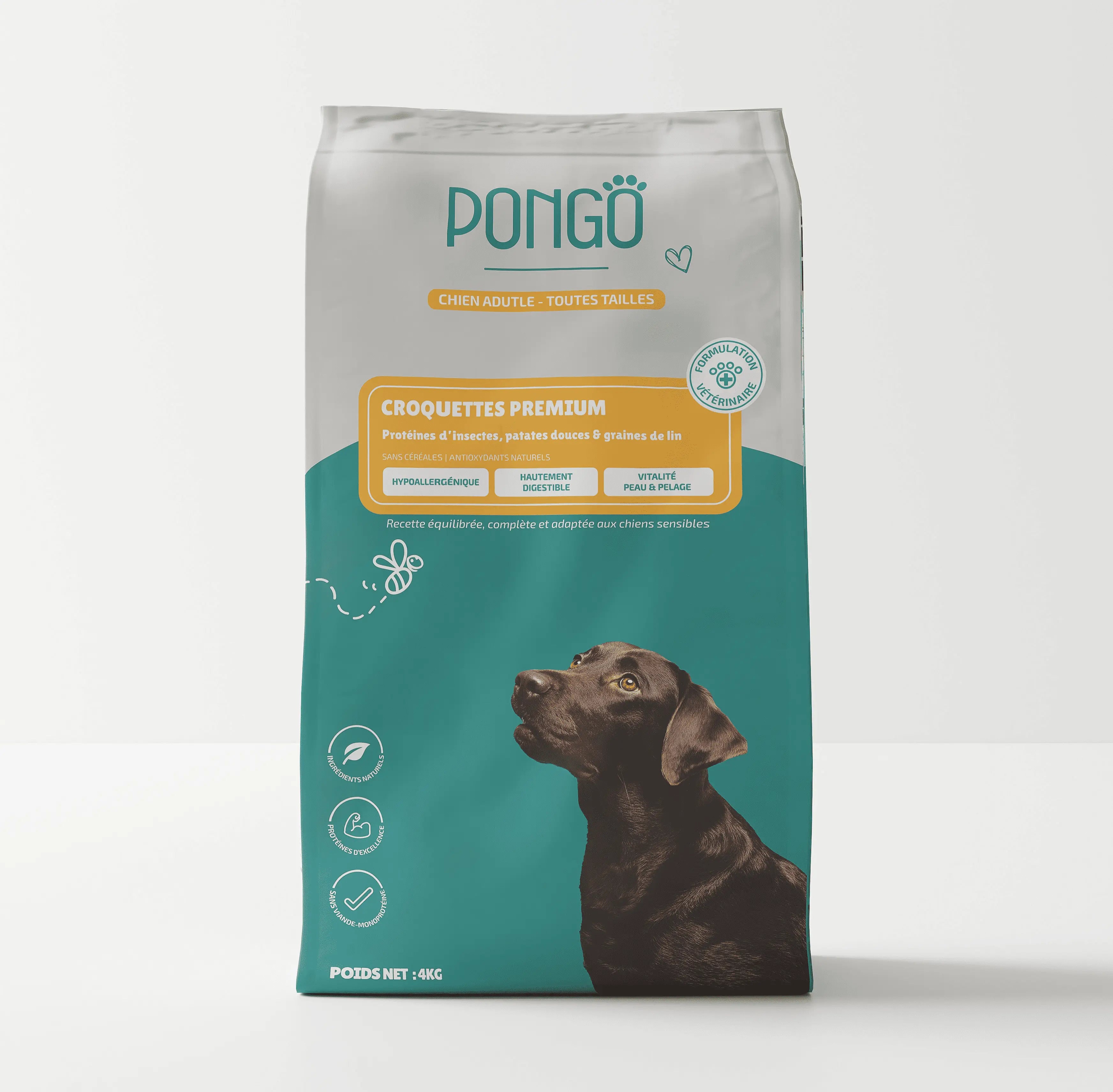What is insect-based pet food?
Insect-Based Kibble: A Sustainable Pet Food Alternative
Insect-based kibble is a type of pet food, mainly for dogs and cats, made from insects. This approach aims to provide an innovative and sustainable alternative to traditional pet food.
Here is a detailed explanation of what insect-based kibble is:
-
Origin and Concept
The idea of insect-based kibble emerged from the need to find new sources of protein in response to the depletion of global resources and the growing human and animal population. Traditional meat production is resource-intensive and raises concerns about animal welfare. Insects have thus appeared as an alternative solution to meet the protein needs of domestic carnivores, as they are rich in protein and fat and require significantly fewer resources to produce than traditional meat.
-
Types of Insects Used
Insect-based kibble is generally made from larvae of the mealworm (Tenebrio molitor) and/or black soldier fly larvae (Hermetia illucens).
-
Mealworm (Tenebrio molitor) is a beetle whose larvae, yellow-brown in color, are used. They are well-suited for farming because they do not require water input, being able to extract moisture from the air.
-
Black soldier fly (Hermetia illucens) is native to the Americas. Its larvae are highly effective at managing and decomposing organic waste. They do not require light to develop and are rich in omega-3 fatty acids.
-
Nutritional Benefits for Pets
Protein-Rich
The insects used are very high in protein, comprising 45–75% of their dry weight. The protein-to-calorie ratio (PCR) of insect-based kibble exceeds the recommended minimums for dogs and cats. These proteins are just as, or sometimes even more, digestible than traditional animal proteins.
Fatty Acids, Minerals, and Vitamins
Insect larvae are also rich in unsaturated fatty acids like omega-3 and omega-6, as well as various minerals (iron, magnesium, selenium, zinc) and B vitamins. Omega-3 and -6 are essential for vision, skeletal and muscle growth, brain development, and immune system function in dogs.
Highly Digestible and Hypoallergenic
Insect meal is highly digestible, sometimes even more so than fish meal. Furthermore, insect protein is hypoallergenic, making this kibble particularly suitable for pets with food allergies, as it typically contains no traditional animal proteins (meat/fish) or cereals like wheat, which are common allergens.
Environmental Benefits
Insect farming offers numerous environmental advantages, providing a virtuous and low-impact ecological solution.
Water Consumption
Producing 1 kg of insects uses 200 times less water than producing 1 kg of poultry.
CO₂ Emissions
It generates 10 to 100 times less CO₂ than producing 1 kg of beef.
Land Use
Producing 1 kg of insects requires far less space (around 20 m² per ton of insects) than producing the same amount of beef, poultry, or pork.
Antibiotics and Hormones
Insect farming typically requires no antibiotics (eliminating environmental contamination and preserving human health) and no hormones for growth.
Short Supply Chain and Waste Valorization
Many brands favor short supply chains to minimize environmental impact. Insects can be fed with agricultural plant waste, thereby making use of local resources.
Conclusion
Insect-based kibble represents a revolution in pet nutrition, offering a high-quality, highly digestible, and hypoallergenic protein source for pets, while significantly reducing environmental impact compared to traditional animal proteins. It's like switching from a power-hungry factory to a wind turbine for energy production: you get the same result (a complete diet for your pet) with a much lighter footprint on the planet.
Discover PONGO, an insect-based & grain-free dog food brand offering a healthy, simple, and transparent recipe.
